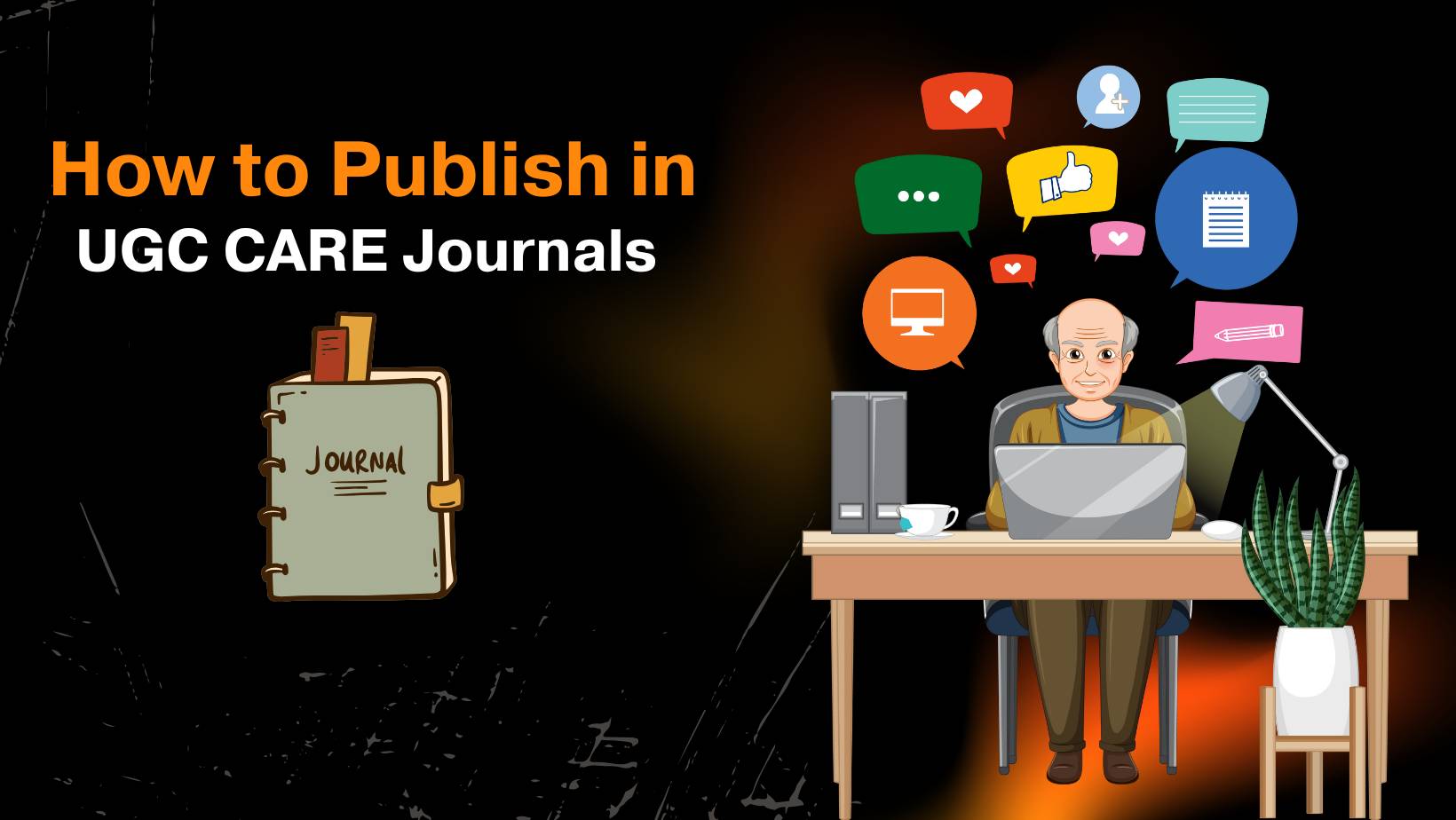In the academic and professional world, the abstract is the gatekeeper to your research paper or conference submission. It serves as the first (and sometimes only) section that peers, reviewers, and editors will read before deciding whether your work deserves further attention. This is why understanding abstract guidelines is critical to ensuring your research makes the right first impression.
What is an Abstract?
An abstract is a concise summary of a research paper, thesis, review, or conference presentation. Its main purpose is to give readers a quick overview of your study or presentation, allowing them to determine the relevance and significance of your work.
In most academic contexts, the abstract is located at the beginning of the manuscript and is typically between 150–300 words long. It includes essential components like the background, methods, results, and conclusions.
Importance of Abstracts in Research and Conferences
Abstracts serve multiple key roles:
- First Impression: Your abstract is the first thing reviewers see. A well-written one improves your chances of acceptance.
- Indexing: Abstracts are used by search engines and databases like Scopus, PubMed, and IEEE Xplore to categorize and make your work discoverable.
- Decision-Making Tool: Conference organizers and journal editors use abstracts to select content for inclusion in programs and publications.
- Time-Saving: For readers and researchers scanning multiple documents, abstracts help decide what to read in full.
General Abstract Guidelines
When writing your abstract, the following general abstract guidelines apply across most disciplines and platforms:
- Be Concise: Stick to the word count (usually 150–300 words).
- Use Clear Language: Avoid jargon unless necessary and explain technical terms.
- Follow the Structure: Most abstracts follow a background-method-results-conclusion format.
- Stay Neutral: Avoid persuasive or biased language.
- No Citations: Abstracts usually don’t include citations or references.
- Third-Person and Past Tense: Maintain an academic tone and write in the past tense (e.g., “The study examined…”).
Types of Abstracts
There are four main types of abstracts:
a) Descriptive Abstract
- Brief overview without results or conclusions
- Common in humanities
- Around 100–150 words
b) Informative Abstract
- Includes research objectives, methodology, results, and conclusion
- Common in sciences and engineering
- Between 200–300 words
c) Critical Abstract
- Offers evaluation or critique of the research
- Rare, used in academic reviews
d) Graphical or Visual Abstract
- Uses images, charts, or infographics
- Increasingly used in medical and scientific journals
Structure of a Well-Written Abstract
Following standard abstract guidelines, most high-quality abstracts include the following elements:
- Background/Introduction
- Set the context
- Define the research problem or question
- Methods
- Brief description of how the study was conducted
- Results
- Key findings (even if just preliminary)
- Conclusion
- Implications of the findings
- Suggestions for future work or recommendations
Abstract Guidelines for Research Papers
When writing an abstract for a journal or academic paper, keep the following in mind:
a) Follow the Journal’s Specific Guidelines
Each journal or publisher may have unique requirements. Always read their author guidelines.
b) Keep It Informative
Include key data, especially results and implications.
c) Target Your Audience
Use language and terminology that matches your field.
d) Keywords
Many journals require a list of 3–5 keywords for indexing.
e) Examples of Abstract Word Counts
- IEEE Journals: Up to 250 words
- Springer Nature: 150–250 words
- Elsevier/Scopus Journals: 150–300 words
Abstract Guidelines for Conference Submissions
Conference abstracts have a slightly different focus:
a) Emphasize Novelty
Conference reviewers often prioritize new, original ideas.
b) Be Clear on Results
If results aren’t finalized, indicate expected outcomes.
c) Include Relevance to Conference Theme
Align your abstract with the conference’s topic or tracks.
d) Respect Submission Portals
Many conferences use online portals (e.g., EasyChair, Ex Ordo). Be aware of formatting requirements like plain text only or structured fields.
e) Typical Word Count
- Short abstracts: 150–200 words
- Full abstracts or extended abstracts: 300–500 words
Formatting Requirements
Formatting matters as much as content. Common formatting rules under abstract guidelines include:
| Element | Guidelines |
|---|---|
| Font | Times New Roman, 12 pt (unless stated otherwise) |
| Spacing | Single spacing or 1.15 |
| Alignment | Left-aligned or justified |
| Word Count | 150–300 words (sometimes up to 500 for extended abstracts) |
| Keywords | 3–5 keywords after the abstract |
| Citations | Not allowed unless otherwise specified |
| Abbreviations | Spell out on first use |
| Figures/Tables | Generally not included |
| File Format | .doc, .docx, .pdf (check submission system) |
Common Mistakes to Avoid
Ignoring abstract guidelines can result in desk rejection. Avoid the following:
- Too Much Detail: Abstracts are summaries, not exhaustive explanations.
- Missing Results: Never omit results in a research abstract.
- Undefined Acronyms: Spell out the first use.
- Vague Language: Be specific—avoid “some,” “various,” or “things.”
- Failure to Proofread: Typos in an abstract reflect poorly on your entire paper.
Sample Abstract (Research Paper – Computer Science)
With the increasing threat of cyber-attacks on critical infrastructures, real-time detection and prevention systems have become vital. This study presents an AI-based intrusion detection system (IDS) that combines deep learning and heuristic analysis to identify malicious activities in network traffic. Using a dataset of over 10 million network packets, we trained a hybrid CNN-LSTM model that achieved a detection accuracy of 98.7%. Our results show a 35% improvement over traditional rule-based IDS in reducing false positives. The system was tested across three network environments to ensure scalability and adaptability. This research demonstrates the potential of AI in proactively managing cybersecurity threats and provides recommendations for future deployment in enterprise networks.
In today’s fast-paced academic and research environment, a well-crafted abstract is essential. It is not merely a summary but a strategic tool that determines the visibility and acceptance of your research. By adhering to proper abstract guidelines for both research papers and conference submissions, you boost your chances of standing out and making a meaningful impact in your field.
FAQs
What are abstract guidelines?
Abstract guidelines are a set of instructions provided by journals or conference organizers that outline how to write and format an abstract. These guidelines typically include word limits, structure, formatting, and content expectations.
Why are abstract guidelines important?
Abstract guidelines ensure consistency, clarity, and quality across all submissions. Following them improves your chances of acceptance and makes it easier for reviewers to evaluate your research.
What is the ideal word count according to abstract guidelines?
Most abstract guidelines recommend 150 to 300 words for research papers and 200 to 500 words for conference submissions, depending on the field and format.
What should be included in an abstract?
According to standard abstract guidelines, an abstract should include the background or problem statement, objectives, methodology, key findings, and conclusion of the research.
Should I include references in an abstract?
No, abstract guidelines usually prohibit the use of references or citations. Abstracts should be self-contained and not rely on external sources.
Do abstract guidelines differ for journals and conferences?
Yes, journals typically require more structured and detailed abstracts, while conferences may allow shorter or more flexible formats. Always review the specific abstract guidelines provided.
Can I use bullet points in an abstract?
Most abstract guidelines prefer a continuous paragraph format, especially for academic journals. Bullet points are rarely accepted unless explicitly stated.
How many keywords should I include with the abstract?
Abstract guidelines often ask for 3 to 5 relevant keywords to help index and categorize your paper or presentation in databases.
What tense should be used in an abstract?
Abstract guidelines usually recommend writing in the past tense for completed work (e.g., “The study examined…”) and present tense for general facts or conclusions.
Is it necessary to follow the structure in abstract guidelines?
Yes, following the structure—such as introduction, methods, results, and conclusion—is crucial. Ignoring the structure may result in rejection or reduced chances of selection.
Can I include images or tables in an abstract?
No, most abstract guidelines do not allow tables, figures, or graphics in abstracts. These are usually reserved for the main body of the paper or presentation.
Where can I find the abstract guidelines for a specific journal or conference?
Abstract guidelines are typically available on the official website of the journal or conference under the “Submission Guidelines” or “Author Instructions” section.




